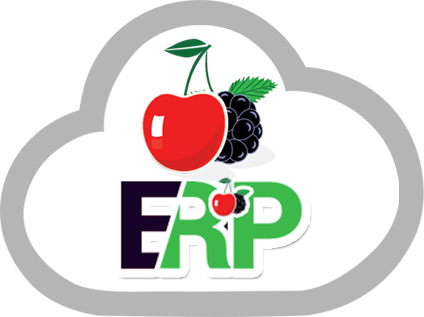Streamlining Fixed Asset Management Solution for Organizational Success
Effective oversight of fixed assets like property, vehicles, equipment, and hardware is essential for organizations to control costs, minimize risk, and fuel growth. Yet without centralized visibility and management, assets often become underutilized, lost, stolen or deteriorate faster. This is where a modern fixed asset management solution comes in, to optimize asset tracking, maintenance, reporting and planning. As asset-intensive organizations in Pakistan adopt such solutions, they gain better ROI on assets to further their mission. There are various advantages of Fixed Asset Management Solution for modern businesses to enhance growth and productivity.
Challenges before Fixed Asset Management Solution:
Typically, organizations rely on manual paper-based systems or basic spreadsheets to asset management. But with decentralized inventories and no integration, there are major pitfalls:
- Redundant purchases when need already exists
- Unable to locate assets leading to replacements
- Lack of maintenance hastens wear and tear
- No tracking for asset life cycles
- Costly audits to extract reports
- Security risks without movement logs
This leads to significant asset waste and expense leakage without firms realizing it. Diffused accountability also reduces ownership over asset health. Manual methods cannot address these gaps to manage assets effectively at scale.
Specialized Software Solutions for Comprehensive Management:
Specialized asset management information systems equip organizations to gain control over their fixed assets via:
360 Degree Asset Oversight:
Cloud-based platforms with mobile capabilities aggregate asset data in one centralized database to scan barcode tags and record details including category, location history, condition, depreciation, department assignment etc.
Smart Workflow Automation:
The software triggers requests, alerts and actions based on asset status – like reminding managers to schedule maintenance prior to warranty expiration.
Custom Reporting and Analytics:
Users can generate audit-ready reports and analyse asset utilization in real-time to make data-driven decisions on capital expenditure.
The Road Ahead – Innovations in Asset Management:
Specialized asset management software, especially affordable cloud-based systems suitable for mid-size firms have recently emerged in Pakistan. Industry leaders have taken note of global best practices to develop robust domestic solutions.
As uptake grows, asset-heavy verticals are poised to reap significant advantages:
Supply chain and logistics: can accurately track vehicles, warehouses and inventory flows using IoT tags and mobile devices synced to asset management platforms for security and efficiency.
Energy sector: can closely monitor turbine health, demand patterns and relicensing dates of power plants through integrated databases rather than error-prone manual logs.
Healthcare: can maintain lifesaving equipment inventories, calibration schedules and parts replacement for uninterrupted patient care by assigning asset oversight to designated staff.
Evolving features of modern fixed asset management systemsalso include automation capabilities to bolster efficiency. Some solutions integrate artificial intelligence to track assets in real-time and flag any non-compliances. Machine learning algorithms can also predict the expected lifetime of assets based on wear and tear patterns, prompting managers to plan replacement purchases accordingly. Blockchain-enabled software builds immutable movement and transaction logs to minimize asset loss or theft. As the Internet of Things proliferates across industries, connecting physical assets to the digital ecosystem, associated data flows into the asset management platform to provide a unified overview. These technology innovations take legacy spreadsheet-based methods to the next level. Purpose-built and extensible fixed asset management software future-proofs organizations to derive maximal value as assets scale up or become more advanced. The systematization of asset data allows managers to focus on higher-value decisions rather than manual monitoring.
Conclusion:
The purpose-built asset management information systems powered by emerging technologies can transform organizational effectiveness across verticals. Manual tracking in siloed spreadsheets cannot provide comprehensive lifecycle oversight or prevent asset abuse and loss. Integrated cloud solutions like fixed asset management solutions with tailored modules for procurement, maintenance, risk, retirement and analytics allow Pakistani institutions to unlock more value from existing assets. The 21st century digital approach to asset management leads to informed capital planning, cost savings and continued asset optimization over time. If you want to avail these solutions, you can contact us at CherryBerry ERP. We are always there to help you with the best.
